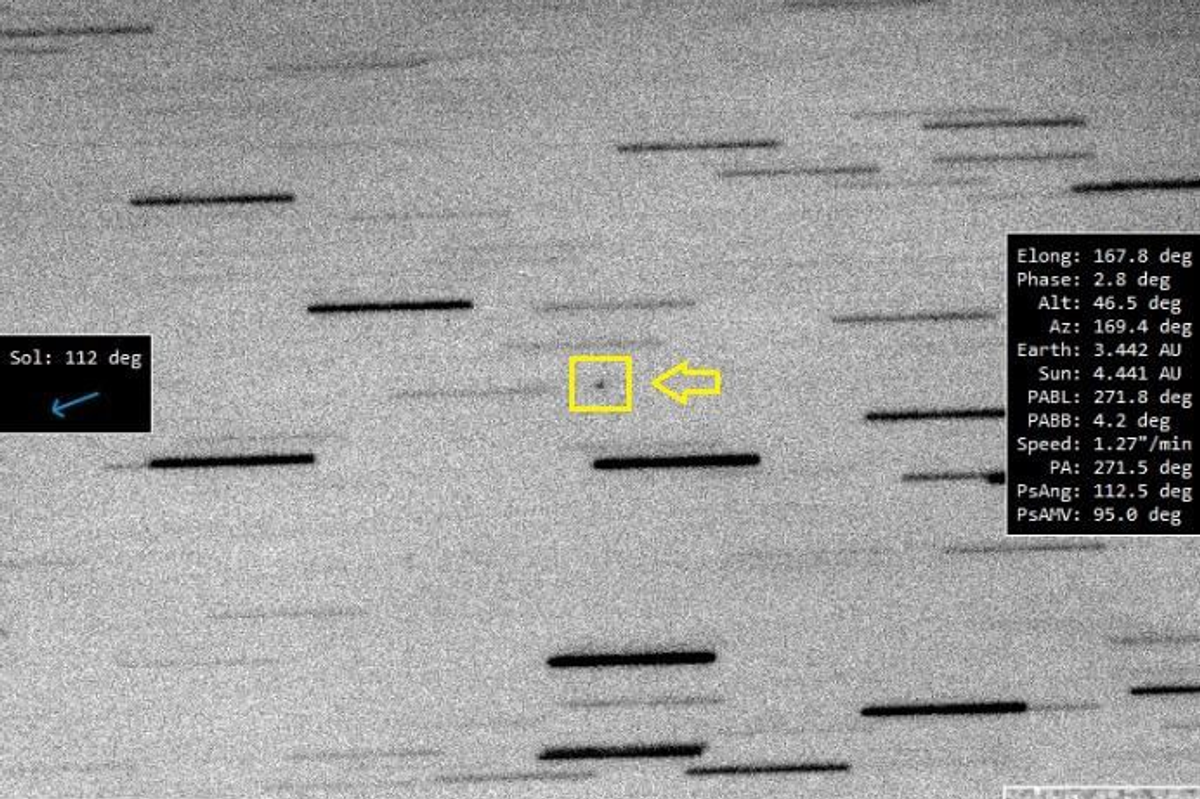News Desk
The News Desk provides timely and factual coverage of national and international events, with an emphasis on accuracy and clarity.

The comet is traveling at a staggering speed of 221,000 km/h and is located roughly 670 million kilometers from the Sun.
WAM
A rare visitor from beyond our solar system has been spotted -- and a desert-based observatory in the UAE has made history by capturing it.
On July 1, NASA confirmed the discovery of an interstellar comet -- a celestial body not bound to our Sun -- that had been silently traveling through deep space for billions of years before entering our solar system, WAM reported.
Just two days later, on the evening of July 3, the Al-Khatim Astronomical Observatory in Abu Dhabi successfully captured detailed images of the comet. Despite the comet’s faint glow — measured at magnitude 17.5, far beyond what the naked eye can detect — the observatory managed to observe it using a large telescope over a 45-minute session, producing 45 clear frames. In the images, the comet appears as a bright moving dot, contrasting with star trails streaking behind it.
This marks a significant milestone, as Al-Khatim became the first Arab observatory to conduct and submit scientific observations of this interstellar object to the Minor Planet Centre (MPC), part of the International Astronomical Union (IAU).
The comet was first detected by the ATLAS (Asteroid Terrestrial-impact Last Alert System) telescope in Chile and initially designated “A11pl3Z.” It was later renamed “C/2025 N1 (ATLAS)” and officially recognized as “3I/ATLAS,” with “3I” signifying it as only the third known interstellar object ever recorded -- following the groundbreaking discoveries of ʻOumuamua in 2017 and 2I/Borisov in 2019.
Currently, the comet is traveling at a staggering speed of 221,000 km/h and is located roughly 670 million kilometers from the Sun. Though it poses no threat to Earth, its closest approach will bring it to within 240 million kilometers of our planet. Scientists expect it to make its nearest pass to the Sun on October 30, 2025, reaching a brightness of magnitude 11 -- still faint, but visible through mid-sized telescopes.










Comments
See what people are discussing